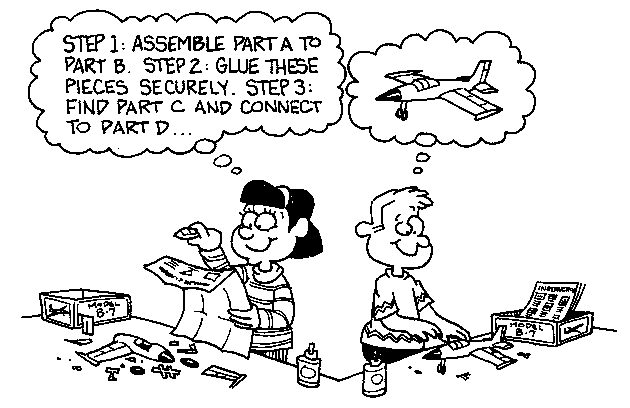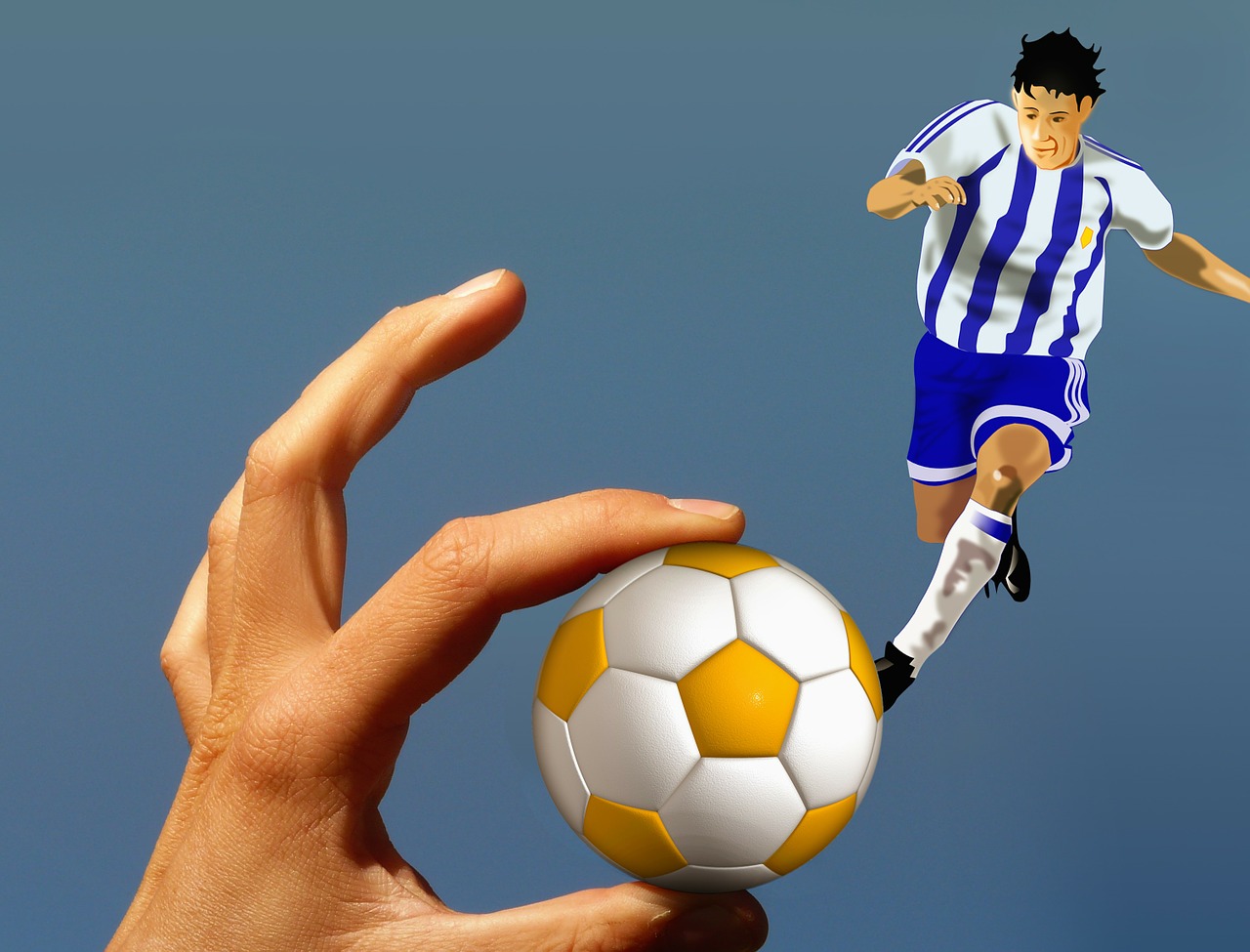If you answered, “Yes” to the title question, read ahead about the final visual processing skill we will look at this week.

Visual Spatial Relationships.
My friend was directing me to her home. Every time she needed to tell me where to turn at the end of one street, I noticed that she snapped her fingers on both hands, simultaneously.
“Why do you do that?”
“That’s how I know right from left.”
Many years have gone by since that occasion. But now I know that she was having trouble with visual spatial relationships. This is the ability to understand directional concepts that organize external visual space. It helps you to understand distance.
In relation to your body and objects in space, this is the skill that makes you know –
- right from left,
- front and back,
- up and down
- the relationship of objects and characters described on paper or in a spoken narrative
- the position of two or more objects as they relate to each other and to your own body
Did you know that visual spatial processing correlates with success in science, technology and math?
In fact, weaknesses in visual-spatial skills not only lead to the above-mentioned academic difficulties, but also to problems in reading, handwriting, spelling, and organizational skills.
Difficulties in this area include:
- Spacing letters and words on paper
- Reading maps
- Judging time
- Finding your place while reading
- Difficulty with rhythmic activities
- Lack of coordination and balance, e.g. bumping into furniture in the classroom or home
- A tendency to work from one side of the body without the participation of the other side
Children love to have fun. If you make learning fun, they will enjoy the process.
Help them develop this skill by:
- Giving verbal directions simultaneously with visual presentations that require this skill
- Helping them complete Jigsaw or tangram puzzles
- Removing all visual clutter in their work space
- Using body puzzles and body positioning to teach location concepts
- Playing copying games, e.g. pegboard designs, bead sequences
Children who experience visual spatial problems may also have visual sequential difficulties.
What’s your favorite intervention activity?
Can you suggest another game that would help develop visual spatial relationships?


Please note: I reserve the right to delete comments that are offensive or off-topic.